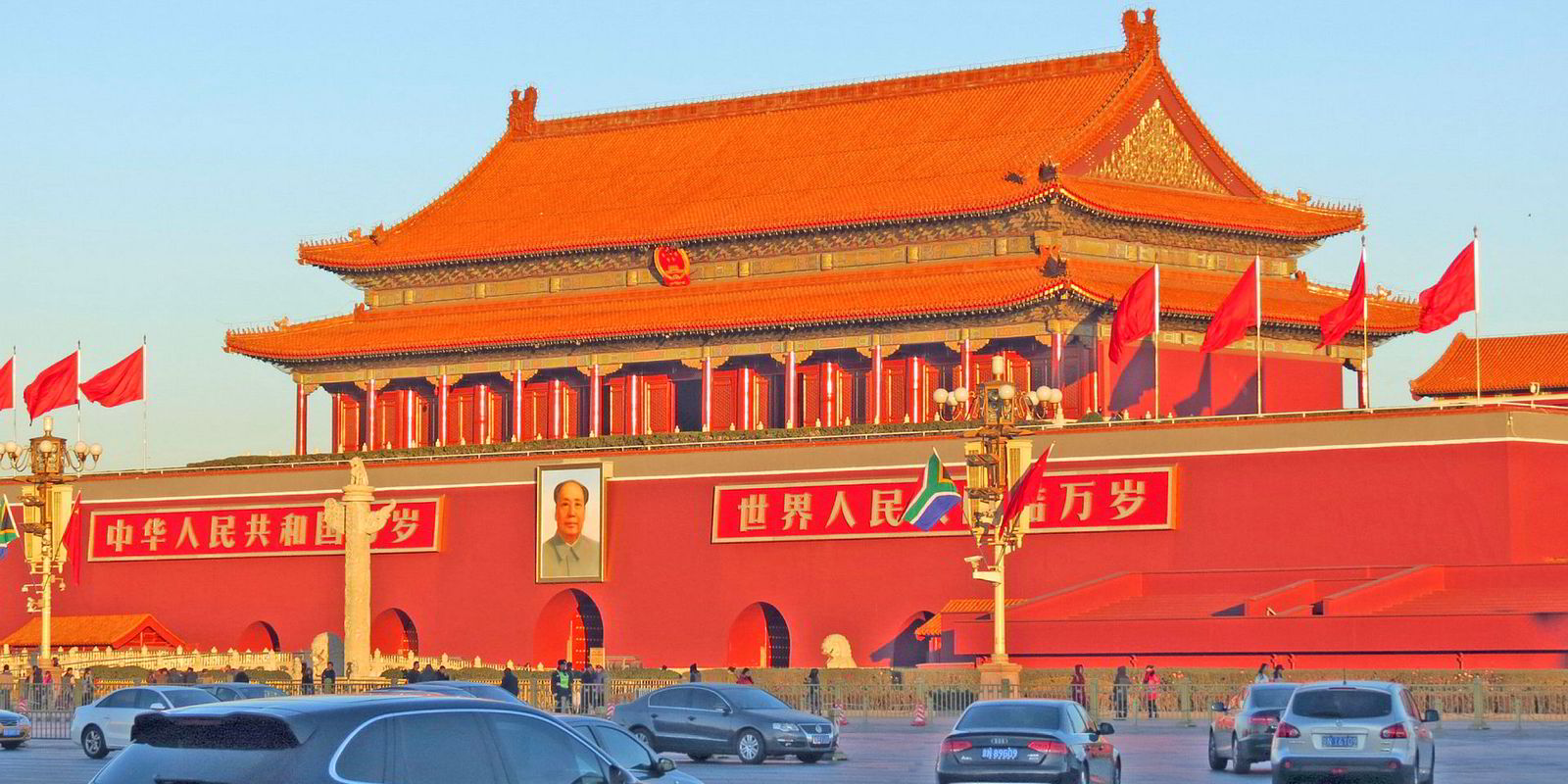America’s oil industry could be the big loser from Unipec’s move to suspend US crude shipments, according to a leading shipping analyst.
“US oil exports are still relatively small, but China had quickly emerged as the second largest destination for US oil exports after Canada,” Ralph Leszczynski, Banchero Costa’s head of research in Singapore, tells TradeWinds.
“Hence if the doors of China shut down, it will be very difficult for the US exporters to find an alternative market, as Europe and Japan/Korea are already quite saturated.”
Leszczynski says it is unclear whether Unipec’s decision is due to a direct policy to reduce imports from the US or if it’s simply out of the uncertainty over whether tariffs will be imposed by the Chinese government on US oil in the coming months, as they have threatened.
“Overall, the whole trade war is obviously likely to damage the Chinese economy more than it does the US economy, given the trade surplus China has,” he says.
“But China can certainly retaliate in some areas where tariffs will hurt the US economy, and these include crude oil, gas and soybeans. In the case of crude oil, the trade war will sure hurt the Americans more than it does China.”
Whilst exports of crude from the US to China have grown exponentially in recent years, Leszczynski says the volumes are still pretty small from China's point of view.
Last year the US exported just 7.7 million tonnes of crude oil to China, which accounted for just 1.8% of China’s total crude oil imports of 420 million tonnes.
Leszczynski says it should not be too difficult for China to replace these volumes if needed.
“It would most likely result in more oil being sourced from Russia, which is already China’s top supplier of oil, accounting for 14% of volumes in 2017.
“And it would provide more opportunities for Saudi Arabia and Iraq, which already accounted for 13% and 9% respectively of China’s oil imports in 2017.”
Also, in this situation, China will be even less likely to want to reduce imports from Iran, despite US pressure, according to Leszczynski.
“Iran accounted for 7% of China’s oil imports last year which is more than three times the volumes from the US,” he says. “Indeed, China could be motivated to import even more oil from Iran, as Iranian oil is displaced from European markets due to US sanctions and will be marketed at a discount.”
Leszczynski says China is also increasing oil imports from Brazil. Last year, China imported three times the amount of oil from Brazil as it did from the US.
“Brazilian oil exports skyrocketed last month to 8.1m barrels per day, up 50% year-on-year, and most likely most of this oil was sent to China,” he says. “This could have been a preparation for reduced volumes coming from the US in the next few months.”
Leszczynski adds that whilst a substitution of US-China trade with Russia-China or Iran-China trade would be negative for tonne miles, an expansion of Brazilian exports to China would to some extent compensate for that.
In a report issued before the Unipec market analyst Alphatanker, VLCCs would be hardest hit by less crude heading to China should the trade war with the US shift to oil.
Aframaxes would be the segment to benefit most from shifting flows.
But Alphatanker in its latest newsletter projects that the threat to tanker demand stemming from a global trade war remains minimal.
It says that China is running out of imports from the US to tax and thus “imports of US energy are now firmly in Beijing’s sights.”
The scenario may change, of course, following news this week that the two combatants may restart official trade dispute talks.
Alphatanker, however, examines what China’s threatened 25% tariff on energy imports would mean for US crude exports and how this would impact global crude flows and the tanker trade.
VLCCs would be affected most by less US crude shipments to China as they haul the majority.
However, much depends on whether India steps up its purchases.
India has begun to buy small volumes of up to 100,000 barrels per day from the US over the past year.And as its refineries process over 5m b/d of crude there is considerable potential for “US barrels to make inroads.”
Alphatanker notes that the Indian market remains ultra-competitive and refiners would need a significant price incentive to increase purchases.
Of the nine US to India voyages so far, only three have involved VLCCs.Substantially higher volumes would support these vessels.
Japan, Korea, Singapore, Taiwan, Malaysia, Indonesia and Thailand have already imported US crude and it is conceivable these markets could also be developed further.






